Recently Veeam released version 5 of Veeam Backup for AWS. In this new release a number of enhancements and capabilities can be found. For those that have not seen all the key new capabilities, a blog detailing all these announcements can be read here.
Today I want to focus on is a completely redesigned dashboard. This new dashboard provides a lot of easy to see information about what is happening in the environment immediately, making it easy to understand what is happening, spot any errors, and just have a general easy to see oversight of everything you are protecting in the AWS cloud.
First, lets take a look at the new dashboard:
As you can see from the screenshot above, the dashboard provides a lot of key information to provide understanding to key areas of your data protection solution in AWS. Each area provides the capabilities to drill further into information to give extra information.
Policy tasks
Under policy tasks, we can change the filter based on the period of time passed to allow us to see if we have had any backup failures. The default is Last 24 Hours, but we can change this to look at how successful backups have been over the past week, month and year.
We can easily see that all our backups have been successful, how many snapshots, replicas, backups and archives have been taken, and what percentage of these make up of any success or failures.
Protected Workloads
As with Policy tasks, the same filters can be applied to Protected Workloads. This provides guidance on how many instances we have vs how many have been successfully protected over the applied filter period. Again this is applied on a percentage basis to easily see what we are protecting and any we are missing.
Because different backup policy scheduling can be applied to different workloads, you can see above that the percentage of protected workloads changes based upon the frequency. Some backup policies may only be set to yearly, or monthly, and by using the filter it allows to see at a glance how many are protected.
Top Policies
Within the Top Policies section, we can filter based on types of backups taken, and we can see how long the backups are taking. It provides us an understanding of how long the backups and snapshots are taking, and what the percentage of change is.
You can select from Snapshots, Backups and Archives and confirm the duration it has taken to complete the operations. It is also a good indicator of how much change is in the environment.
Storage Usage
This one is fairly self explanatory , giving an overview of how much storage you are using across S3. At a glance, you can see where and how much backup data is being stored in S3, S3 Glacier, and S3 Glacier Deep Archive, while also seeing how many snapshot replicas you have in your environment.
Bottlenecks Overview
Under Bottlenecks overview (I would personally prefer a different term), you can check to see how the backup infrastructure is operating. Confirming that the backup appliance is running optimally through CPU quotas applied to the AWS environment, that you have configured your policy sizing correctly and that the appliance is working as expected. This gives great insight into making sure you have sized the environment correctly.
Summary
As you can see in this quick overview of the new dashboard, a lot of extra critical information has been shown, so that at first glance any backup operators can see the effectiveness of the policies and data being protected, and understand how the environment is growing. As cost is front of mind for every cloud operator, being able to see at a glance key information like storage usage is imperative to maintaining a successful backup environment.
Google Cloud Platform and Microsoft Azure
Although the focus on this article was AWS, the new dashboard has been included across all the supported cloud platforms. Providing the same information and guidance regardless of the platform.
This consistency across platforms is one of the unique ways in which Veeam is providing a consistent platform to its customers, by providing a standardized backup platform regardless of the workload, or its location.

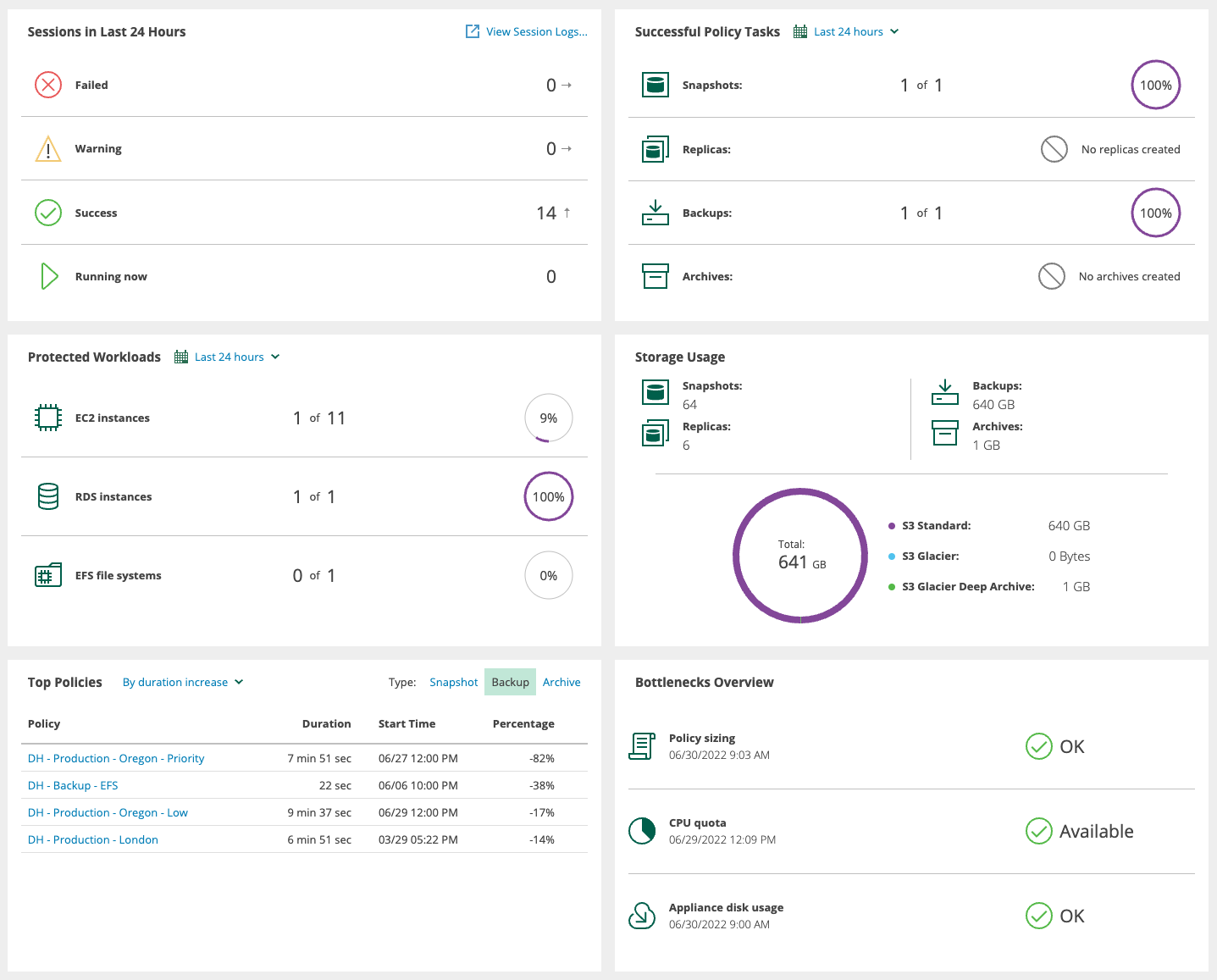
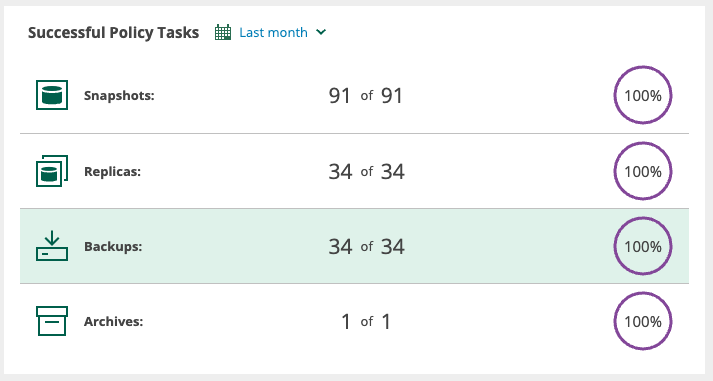
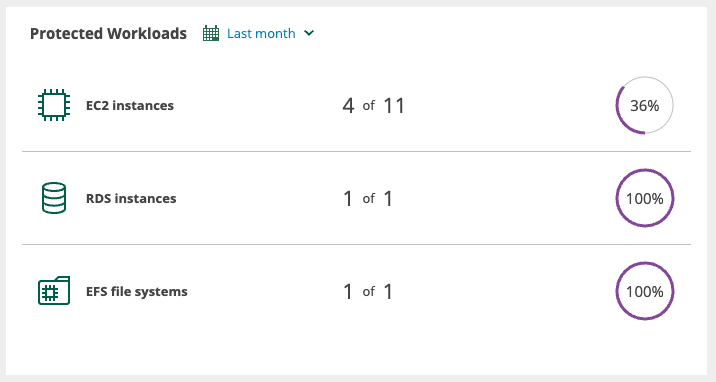
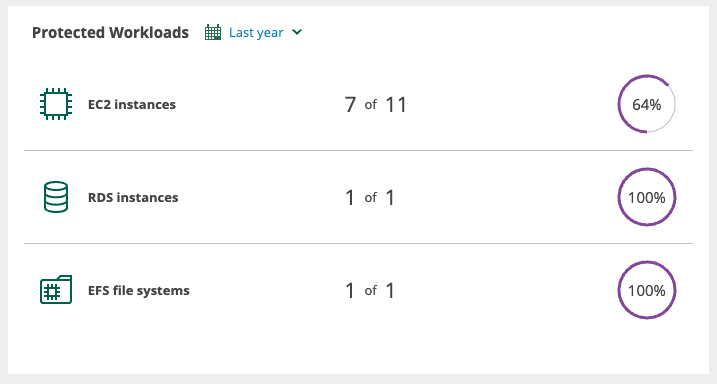
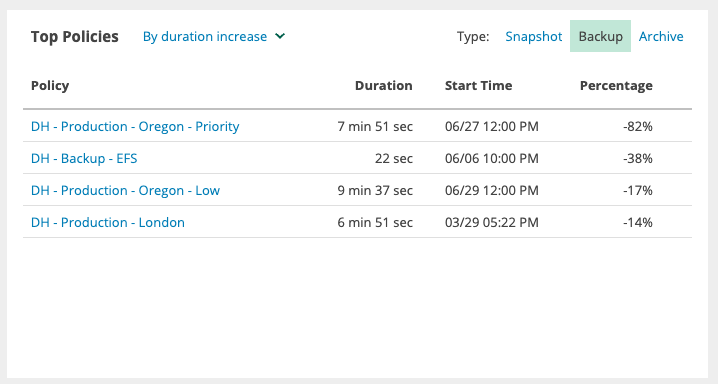
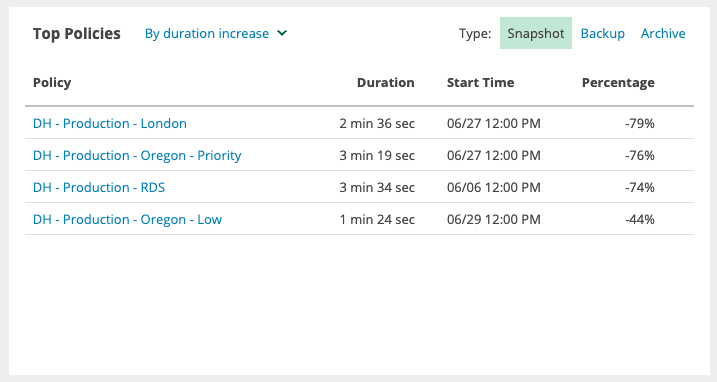
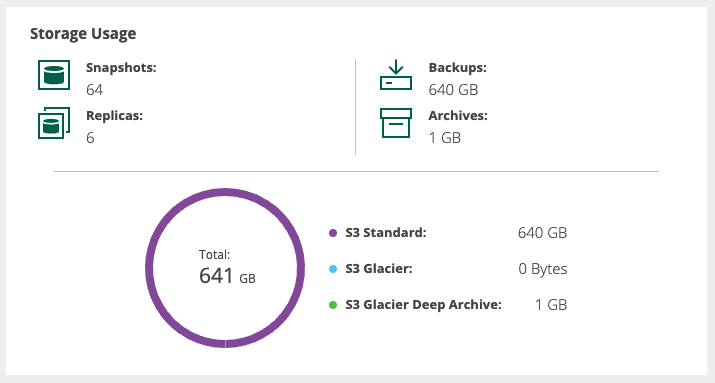
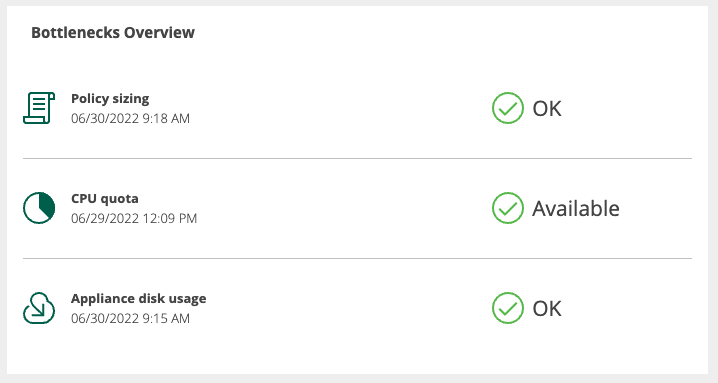
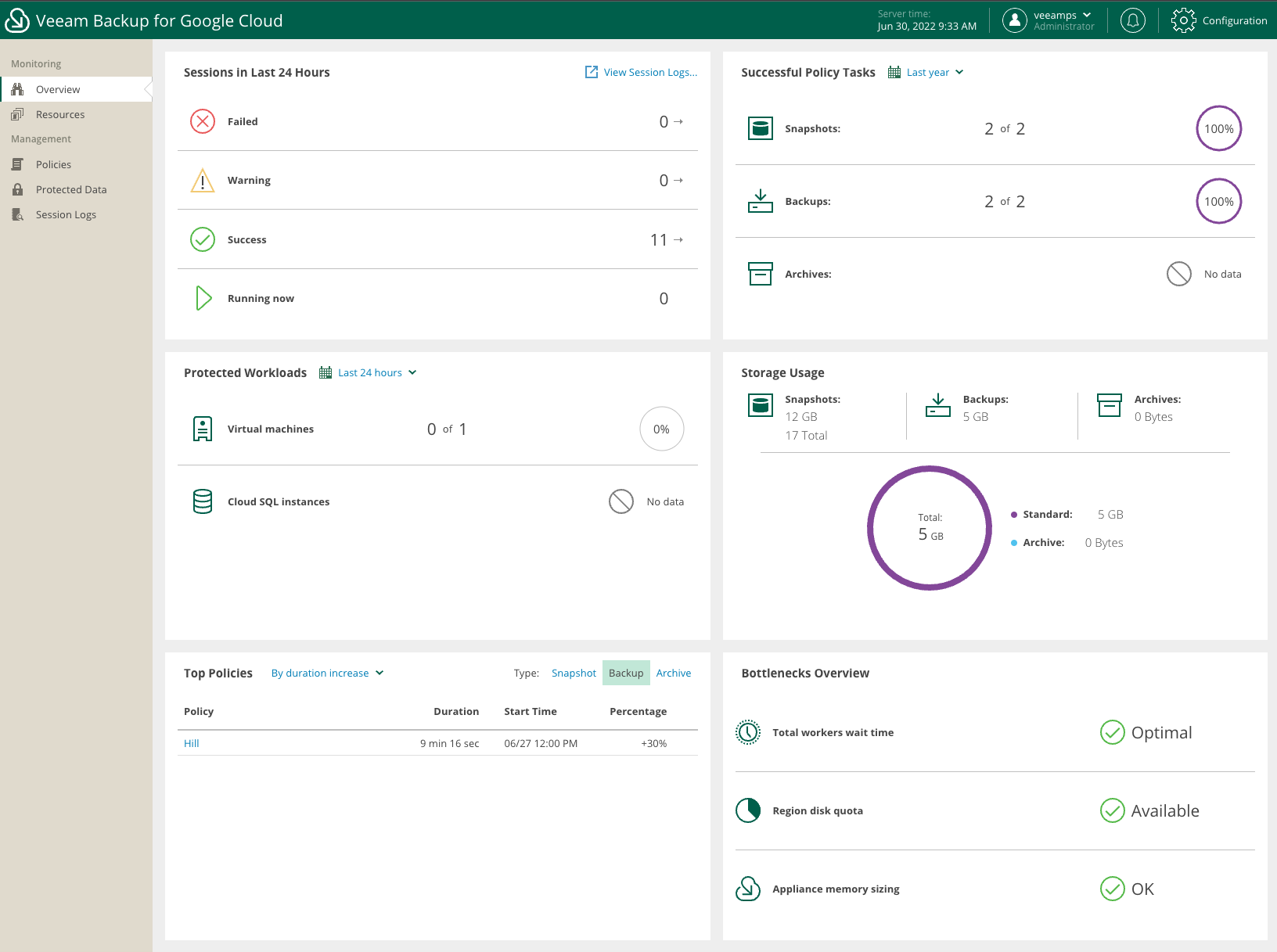
No comments yet.